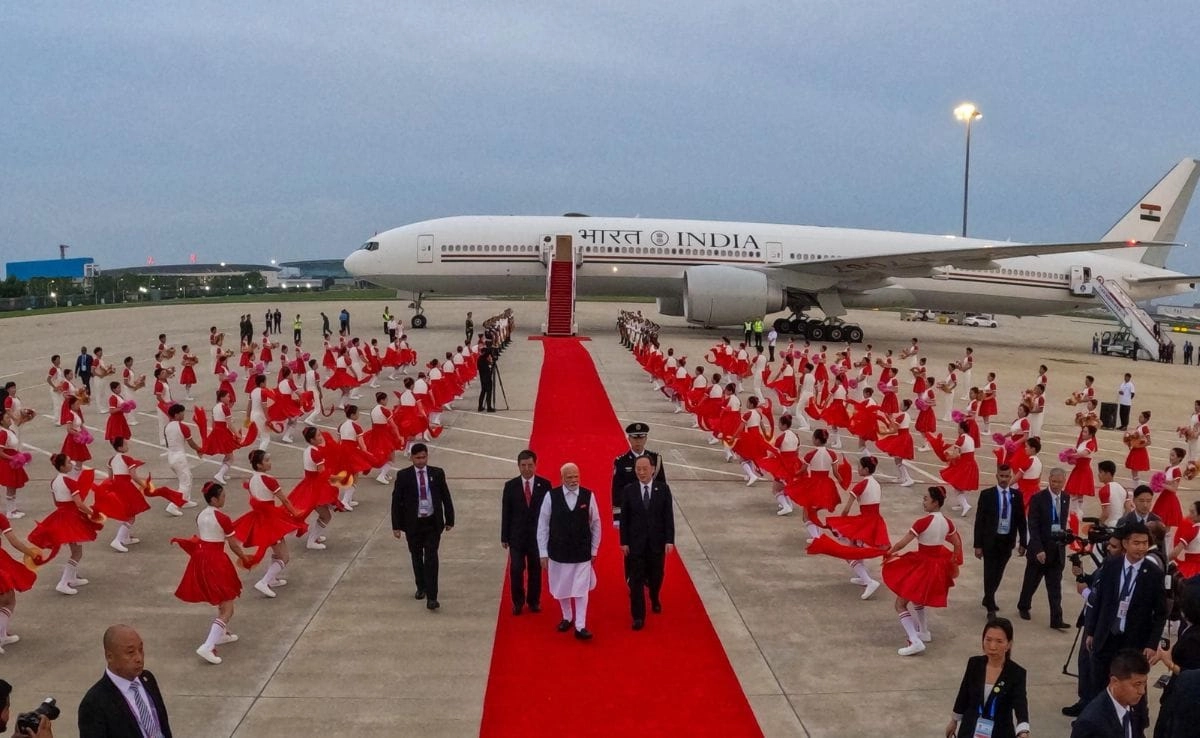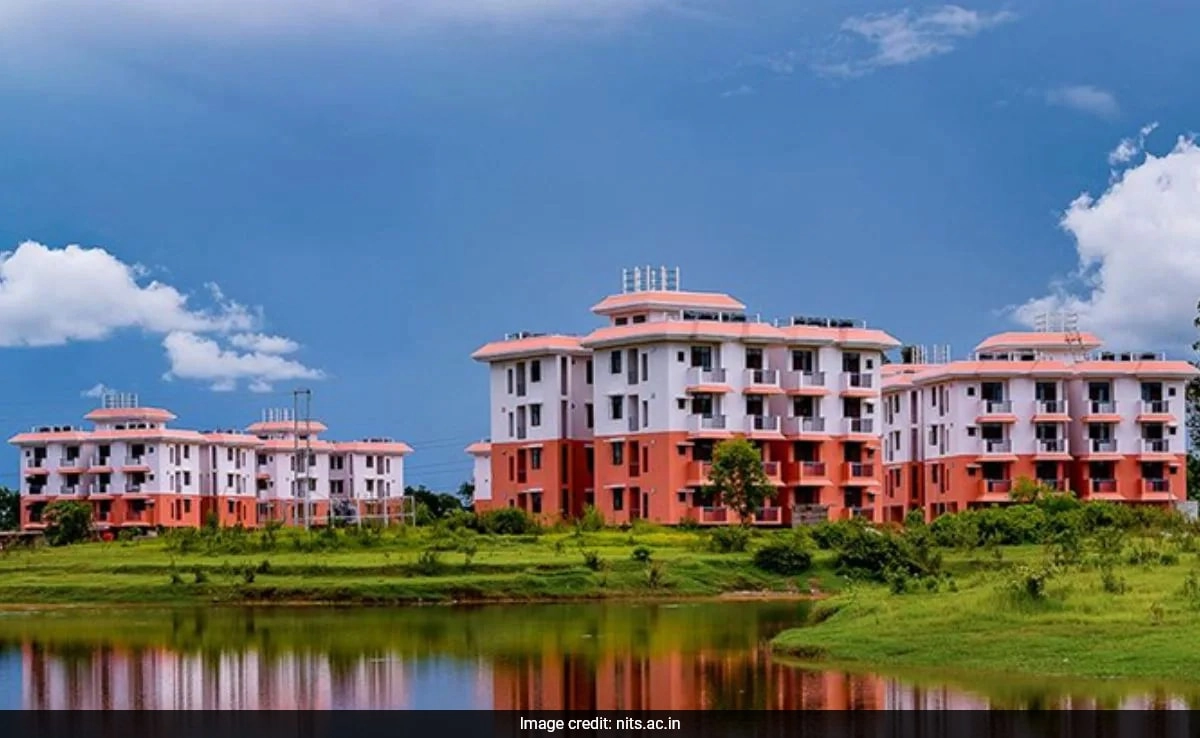Prime Minister Narendra Modi is set to make a significant diplomatic visit to China, marking his first trip to the country in seven years. This visit comes at a crucial time as both nations navigate complex geopolitical dynamics in the region. Modi’s meeting with Chinese President Xi Jinping is highly anticipated, as it presents an opportunity for both leaders to address a range of pressing issues, from trade relations to security concerns along their shared border. The last time Modi visited China was in 2014, and since then, the relationship between the two nations has experienced various ups and downs, including border disputes and differing stances on global issues.
As Modi prepares for this pivotal engagement, the backdrop of the meeting is shaped by increasing tensions in the Indo-Pacific region, where both India and China are vying for influence. The discussions are likely to focus on enhancing bilateral ties, with an emphasis on trade and economic cooperation. This is particularly important for India, which is looking to expand its exports and attract foreign investment. Additionally, the leaders may touch upon collaborative efforts in areas such as climate change, technology, and infrastructure development, which could serve to bolster mutual interests and foster a more stable relationship.
The meeting between Modi and Xi holds significant implications not only for India and China but also for the broader international community. With rising global challenges such as climate change and economic instability, the collaboration between these two major players could lead to constructive solutions that benefit not only their nations but also the world at large. Both leaders are aware of the importance of maintaining dialogue to prevent misunderstandings and to promote peace and stability in the region. As Modi’s visit unfolds, the hope is that it will pave the way for a more cooperative and strategic partnership between India and China, contributing to a more balanced power dynamic in Asia.




